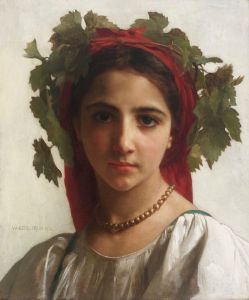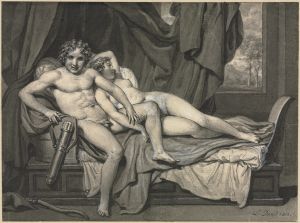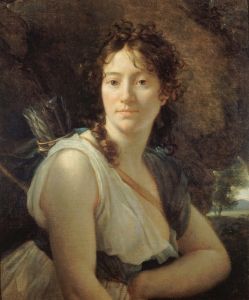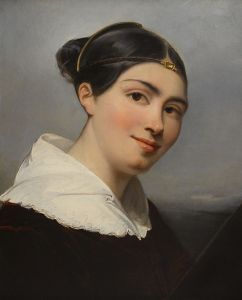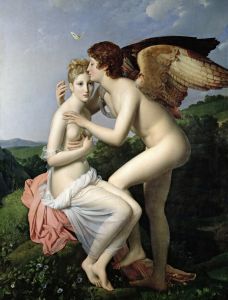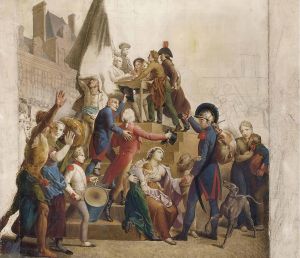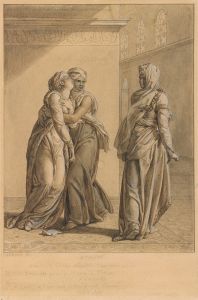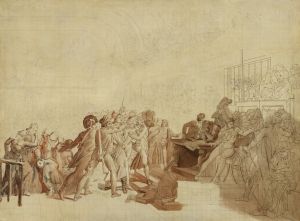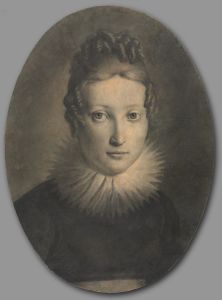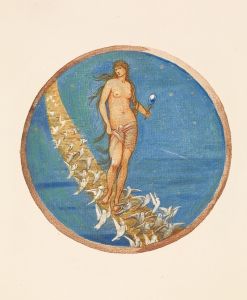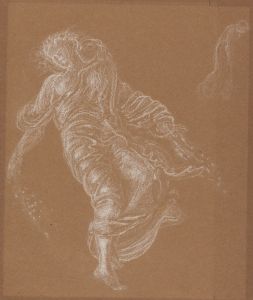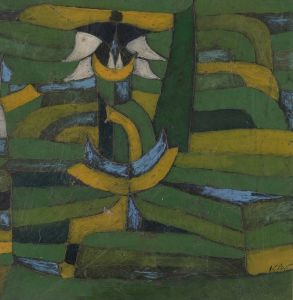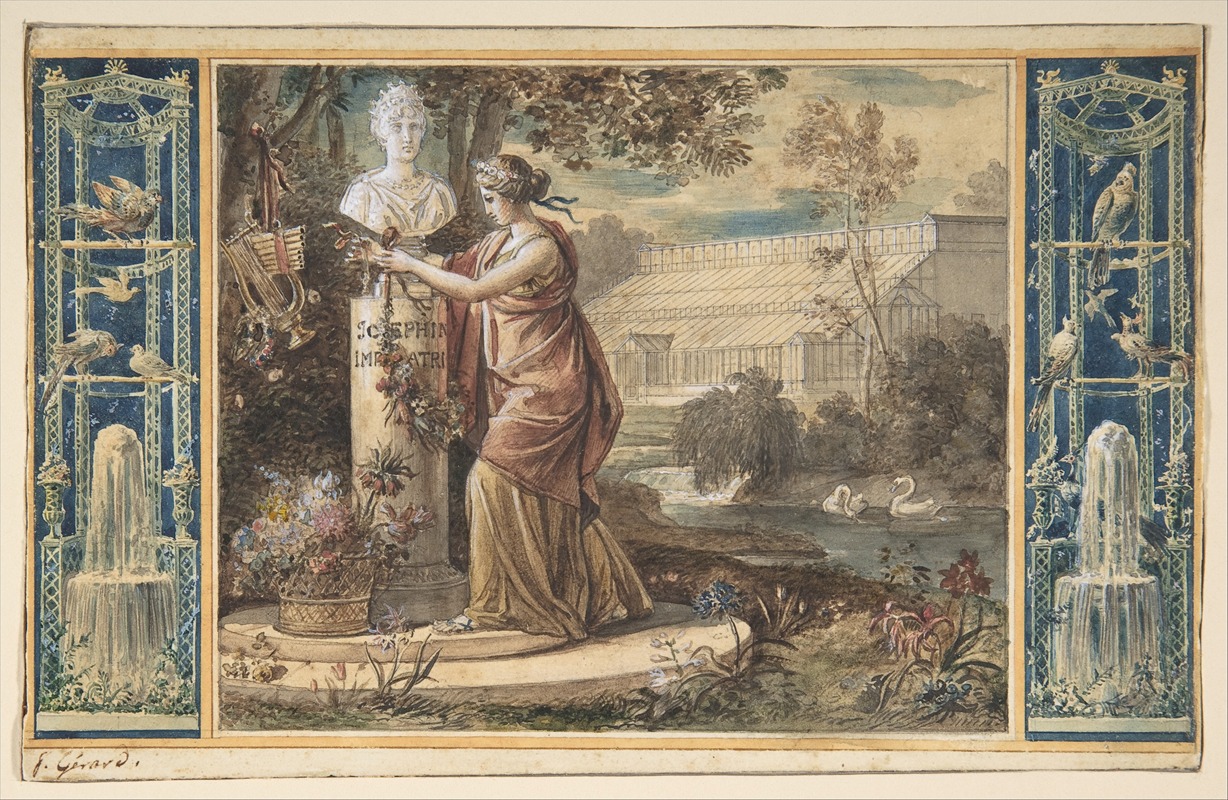
An Allegory of Empress Josephine as Patroness of the Gardens at Malmaison
A hand-painted replica of François Gérard’s masterpiece An Allegory of Empress Josephine as Patroness of the Gardens at Malmaison, meticulously crafted by professional artists to capture the true essence of the original. Each piece is created with museum-quality canvas and rare mineral pigments, carefully painted by experienced artists with delicate brushstrokes and rich, layered colors to perfectly recreate the texture of the original artwork. Unlike machine-printed reproductions, this hand-painted version brings the painting to life, infused with the artist’s emotions and skill in every stroke. Whether for personal collection or home decoration, it instantly elevates the artistic atmosphere of any space.
François Gérard's painting "An Allegory of Empress Josephine as Patroness of the Gardens at Malmaison" is a notable work that captures the essence of Empress Joséphine Bonaparte's passion for botany and her influential role in the development of the gardens at Château de Malmaison. Gérard, a prominent French painter known for his portraits and historical scenes, created this allegorical piece to celebrate Joséphine's contributions to horticulture and her status as a cultural icon during the Napoleonic era.
Empress Joséphine, the first wife of Napoleon Bonaparte, was an avid plant collector and gardener. After acquiring the Château de Malmaison in 1799, she transformed the estate into a center for botanical study and experimentation. The gardens at Malmaison became renowned for their extensive collection of rare and exotic plants, many of which were introduced to France for the first time under her patronage. Joséphine's interest in botany was not merely a personal hobby; it was also a reflection of the broader Enlightenment ideals of scientific inquiry and exploration that characterized the period.
Gérard's painting allegorically represents Joséphine as a patroness of the gardens, highlighting her role in the advancement of botanical knowledge. In the artwork, she is often depicted in a serene and majestic manner, surrounded by lush greenery and a variety of plants that symbolize her dedication to horticulture. The allegory may include classical elements, such as mythological figures or symbols, to emphasize her enlightened status and her connection to nature.
The Château de Malmaison, located near Paris, served as a retreat for Joséphine and Napoleon and was a place where she could indulge her passion for gardening. Under her guidance, the gardens were designed to include a wide array of plant species, including roses, which became one of her particular interests. Joséphine's efforts in cultivating roses contributed significantly to the development of new varieties and the popularization of the flower in France.
François Gérard, a student of the renowned painter Jacques-Louis David, was well-regarded for his ability to capture the likeness and character of his subjects. His work often reflected the neoclassical style, characterized by clarity, balance, and an emphasis on idealized beauty. In "An Allegory of Empress Josephine as Patroness of the Gardens at Malmaison," Gérard's skillful use of composition and symbolism serves to elevate Joséphine's image as a cultural and intellectual figure.
The painting not only celebrates Joséphine's contributions to botany but also serves as a testament to her enduring legacy in the arts and sciences. Her influence extended beyond her lifetime, as the gardens at Malmaison continued to inspire horticulturists and botanists long after her death in 1814. Gérard's allegorical portrayal of Joséphine thus captures a moment in history when the pursuit of knowledge and the appreciation of nature were intertwined with the cultural and political currents of the time.
Overall, "An Allegory of Empress Josephine as Patroness of the Gardens at Malmaison" is a significant work that reflects the intersection of art, science, and history during the Napoleonic era. Through Gérard's artistic vision, the painting immortalizes Joséphine's passion for gardening and her impact on the cultural landscape of her time.





